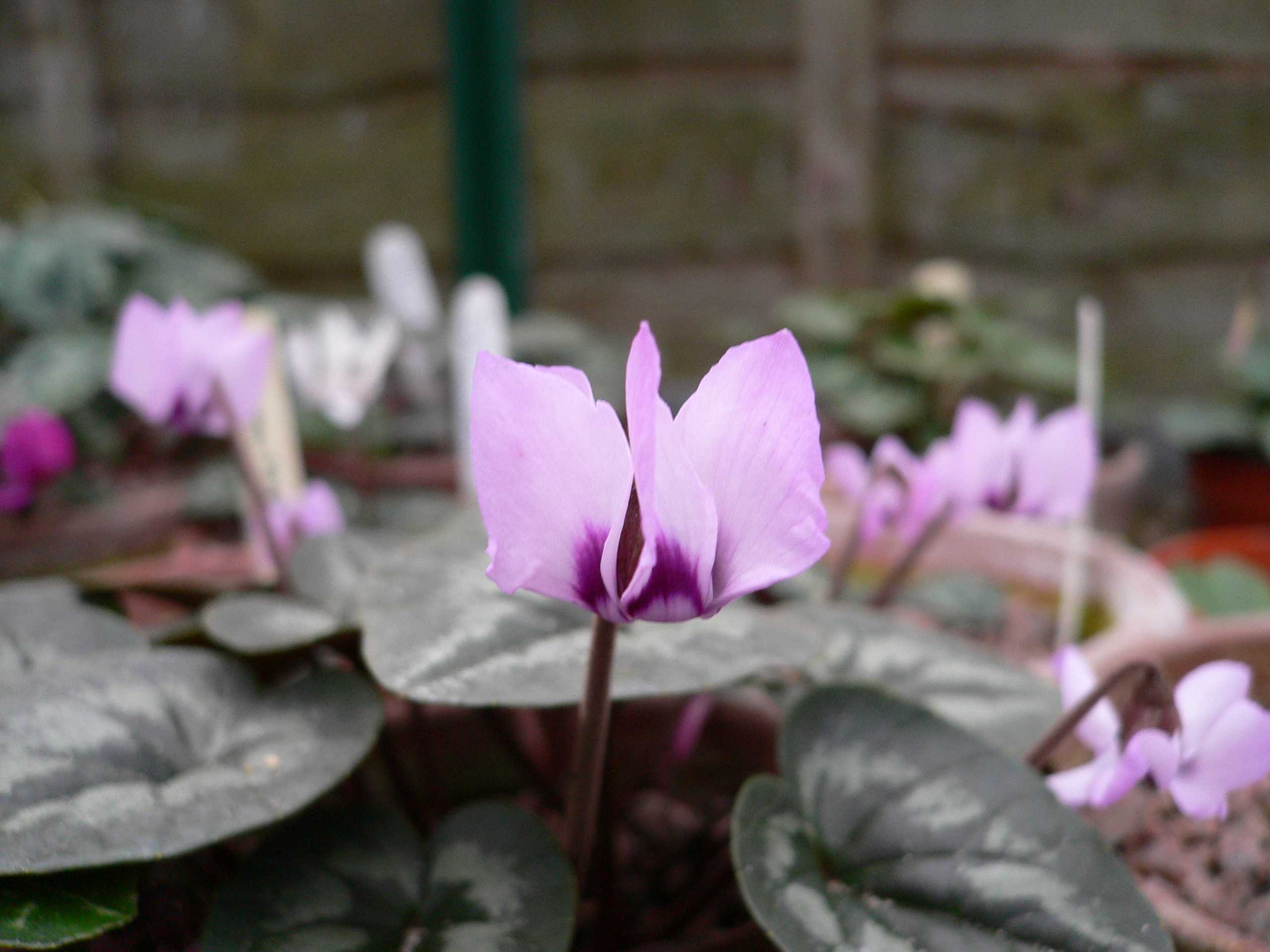Here are the different types of flowers with names that begin with the letter C. With an emphasis on common and easy to grow varieties.
Calendula officinalis
Calendula, also known as Calendula or Marigold, is a genus of about 15–20 species of annual and perennial herbaceous plants in the daisy family Asteraceae that are often known as “pot marigolds.
Calendula officinalis Calendula flowers have been used since ancient times to make medicinal infusions, cosmetics and food supplements.
The petals are edible and can be used fresh in salads or dried and used to color cheese or as a replacement for saffron.
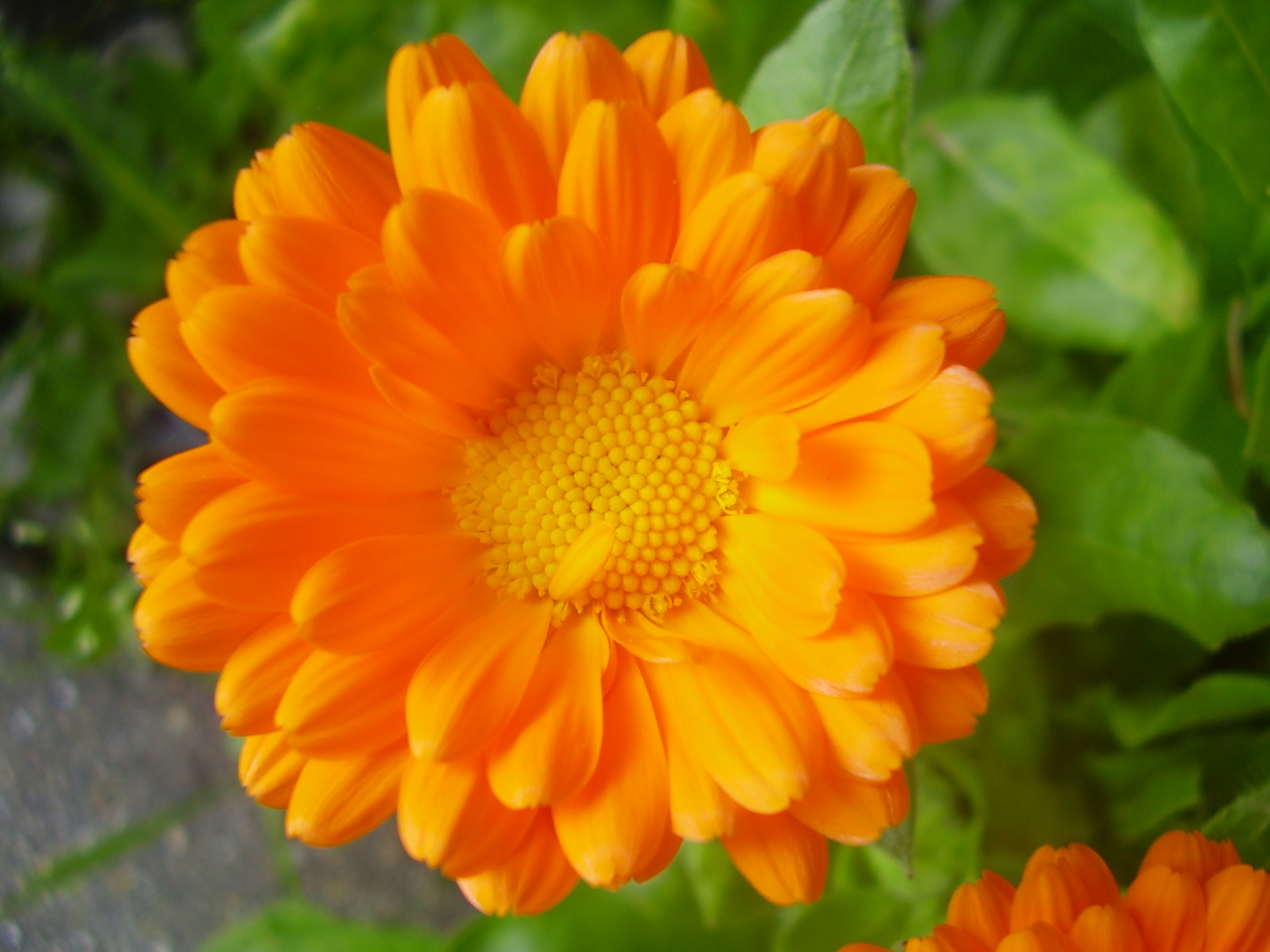
California Flannel Bush
California Flannel bushes sport vibrant yellow flowers that blend subtly with their green foliage.
It is a flowering shrub that originates in varied terrains, across southwestern North America.
Common names for this flower are California flannelbush, California Fremontia, and flannel bush.
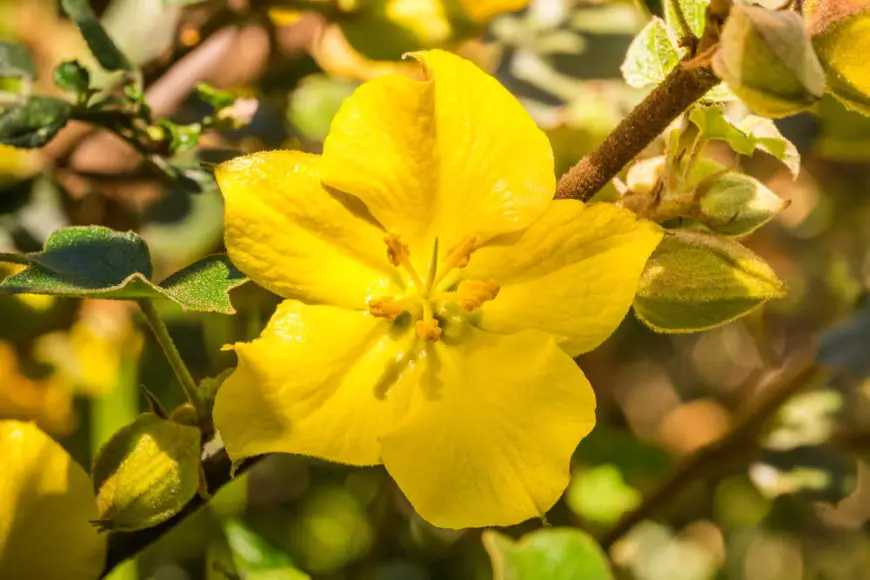
California Poppy
Golden Poppy (Eschscholtzia californica) is otherwise known as the Flame Flower due to its interesting shape and colorful flowers.
The bright orange blossom is simple yet stunningly complex with four petals around a prominent black dot
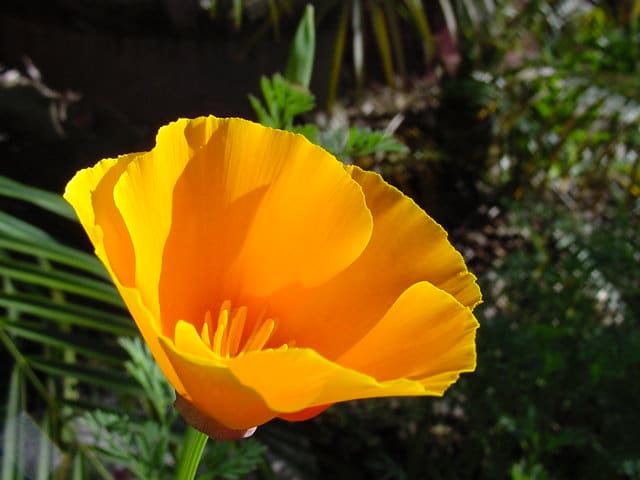
Calla Lily
White calla lilies tolerate partial shade, but they grow and bloom best when exposed to full sun and kept in appropriately moist soil.
Calla Lily is the perfect flower for bridal bouquets, centerpieces and more.
They are dramatic in their beauty with elegant white petals curled at the edges and a thick green stem that allows them to stand out among other flowers.
Calla Lilies are beautiful fresh cut flowers but they also last well enough when dry so can be preserved as dried flowers.
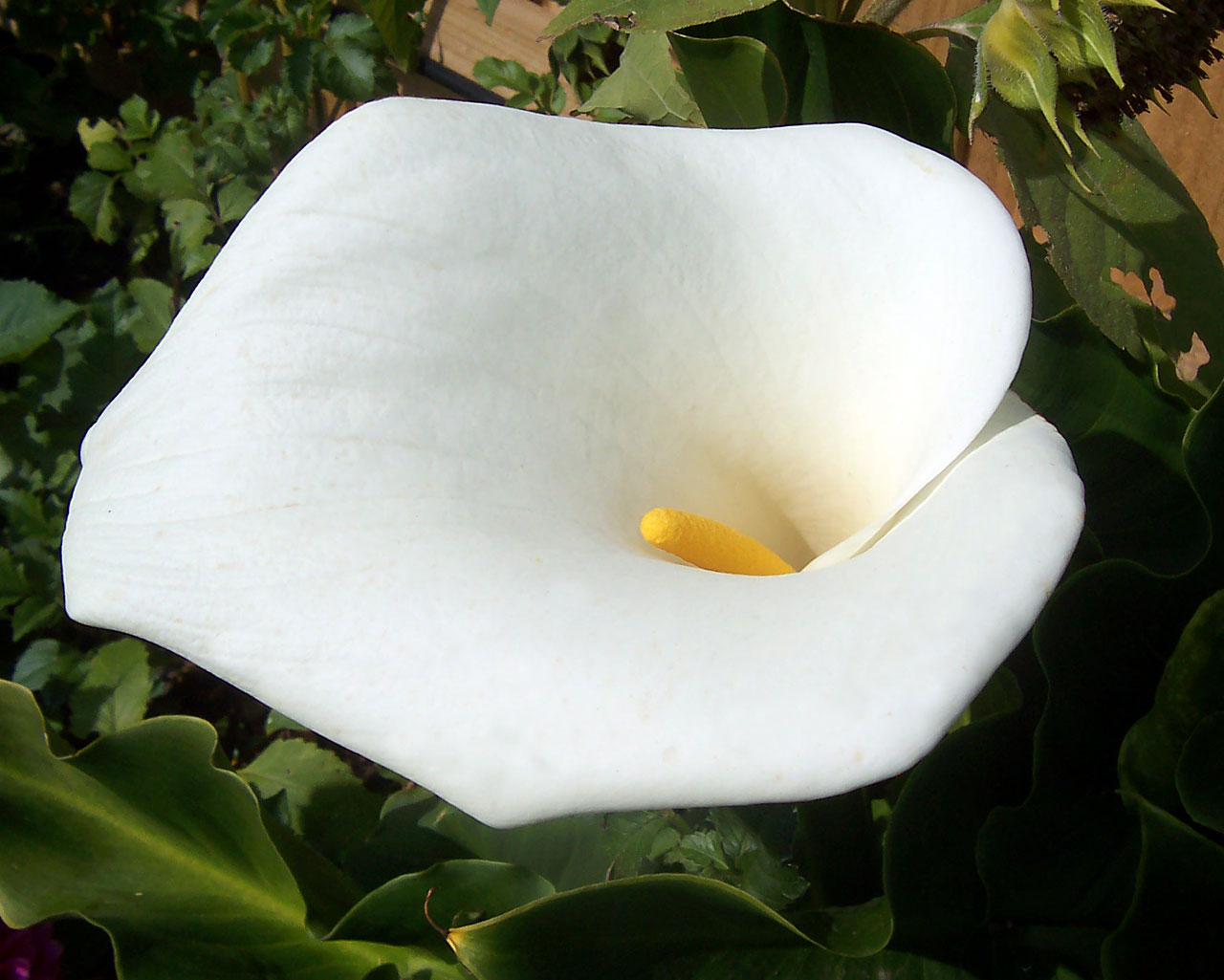
Camellia
Camellia flower is of the genus Camellia. There are more than 100 species of Camellia in the world, with different regional variations and identification features of each plant.
Camellias can be red, white, pink, or yellow depending on the type.
They can also be classified by their shapes into peony-shaped camellias (which look like roses), flat-faced camellias (flat flowers which are often large in size), and formal-shaped Camellias (which resemble formal flowers).
Camellia flower usually blooms during the autumn season and do best in acidic soil – they can reach up to 1 meter in height.
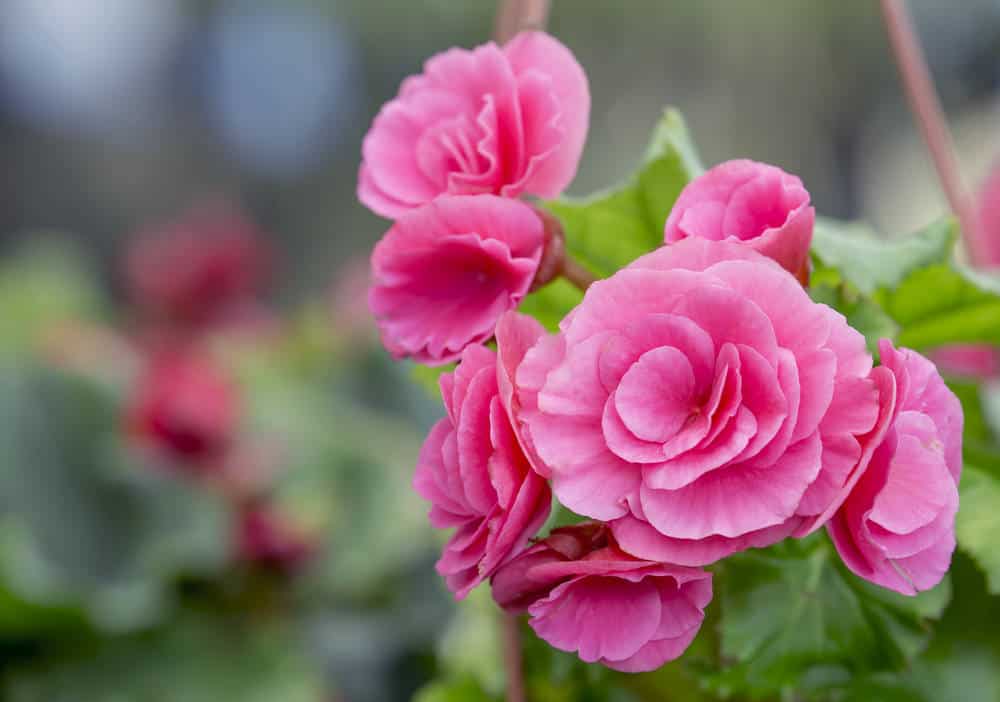
Campanula latifolia
Campanula latifolia is commonly known as the bellflower, broadleaf harebell or common harebell. It’s a perennial flowering plant in the family Campanulaceae native to northern and central Europe.
The Campanula latifolia grows to 45 cm (18 in) tall, with slender stems that are slightly angular.
The leaves are spirally arranged on upright stems, but clustered near the top.
The lower leaves are linear-lanceolate while the upper leaves become progressively smaller further up the stem .
They can be 5–25 mm long and 0.6–2 mm wide, clasping the stem by about one-third of their length from the base, usually with an obscurely toothed margin, often purplish underneath.
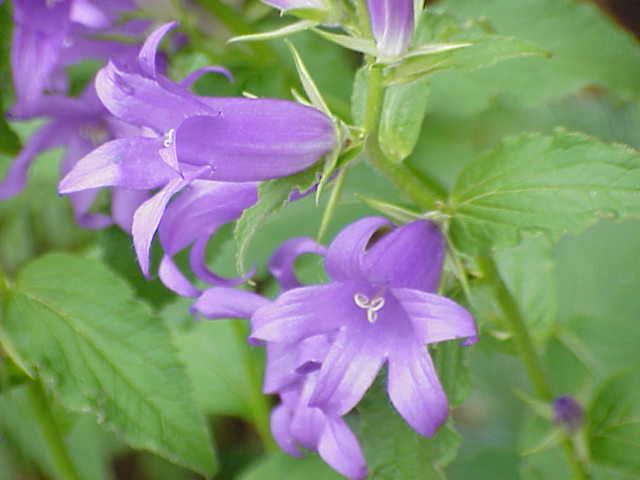
Campion
Campion (Silene uniflora) is a species of flowering plant that develops in light and subtle pink colors.
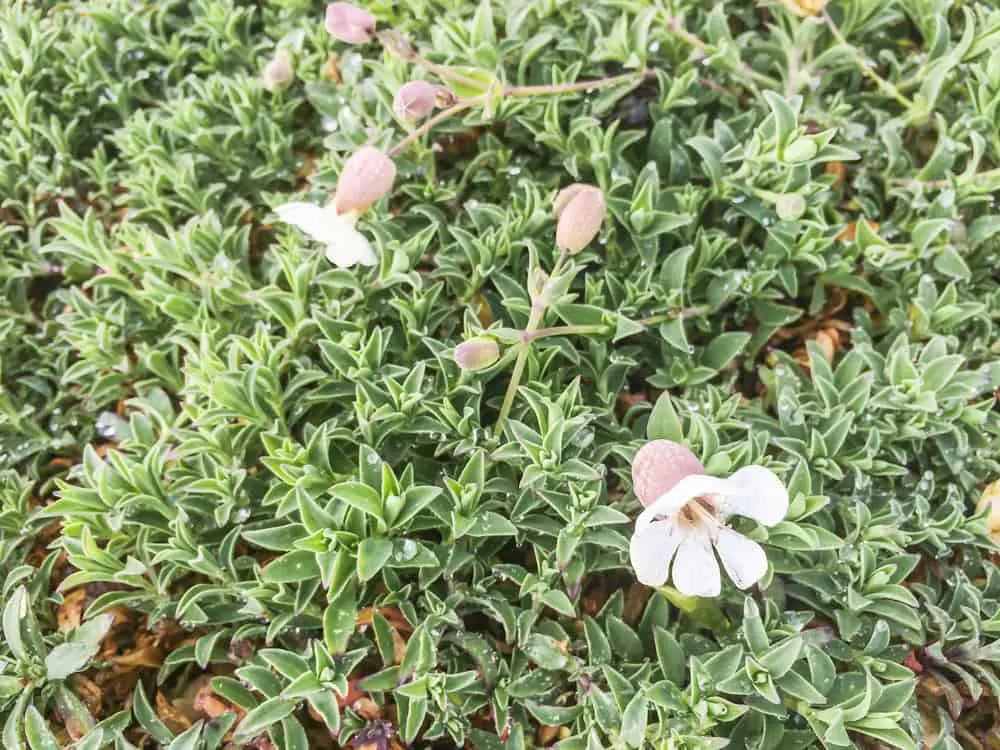
Canadian Goldenrod
The Canadian goldenrod is a type of goldenrod plant that can be found in Canada. It is a perennial plant and blooms from August to October.
The Canadian goldenrod needs full sun to part shade and rich well-drained soil to grow best.

Canada Violet
The Canada Violet, a brightly colored and vibrantly patterned flower.
It has 5 fused petals, each having a smaller lobe inside it which produces nectar at their bases.
The flowers come in varieties of colors including purple, blue, pink, and white.
The Canada Violet blooms spring through summer.
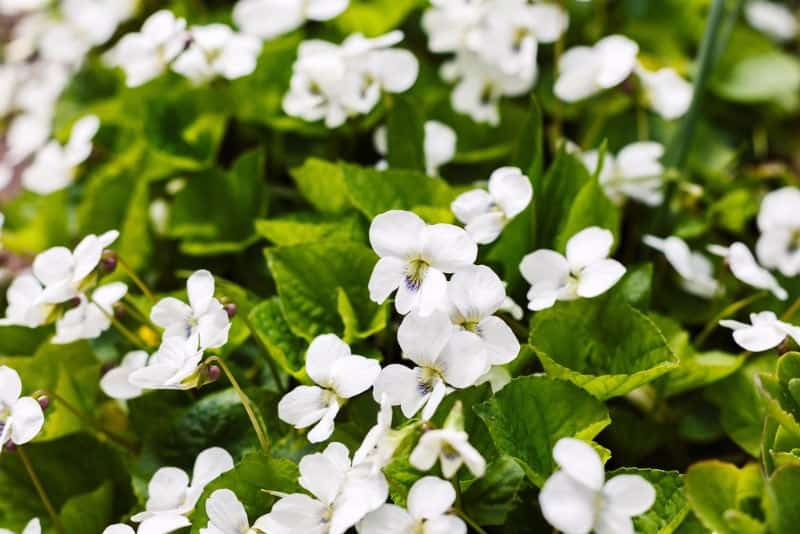
Canary Island Daisy
The Canary Island Daisy can be a beautiful addition to your garden.
The Canary Island Daisy, known botanically as Cineraria (Senecio cruentus), is native to Canary Islands, Madeira, and Western Sahara. Nowadays they are commonly found in gardens around the world.
A perennial plant that belongs to Asteraceae family, Canary Island Daisies grow anywhere between 16 inches (40 cm) up to 3 feet high (90 cm).
The Canary Island Daisy produces daisy-like white flowers with yellow centers during spring and summer months.
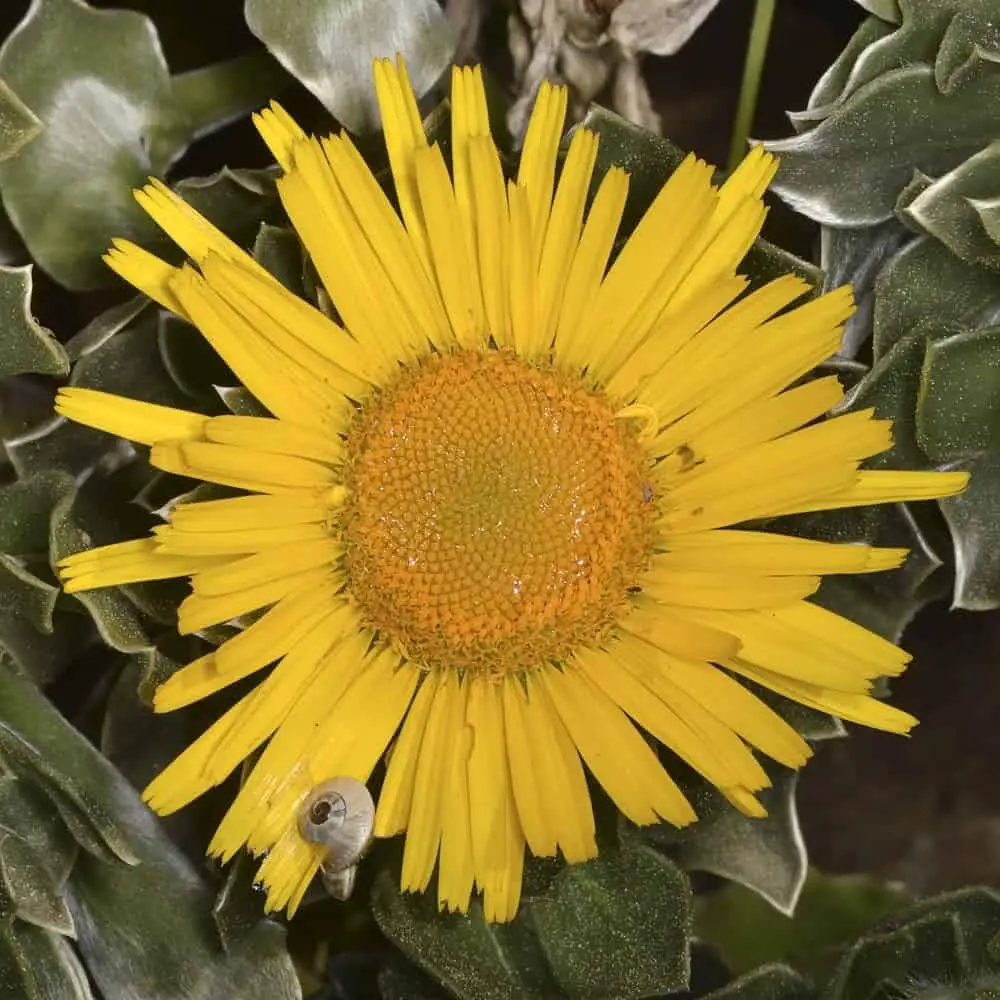
Candytuft
Candytuft is a perennial plant species in the genus Iberis. It has edible, attractive flowers and is used as both an ornamental and medicinal plant.
Candytuff grows about 30cm high with finely cut leaves, which are green-grey to almost white in colour.
This particular flower thrives best in cool weather, so if you want to have a wider variety of this unique flower it will be best not to plant them before fall or early spring.
The large white or blue flowers that smell like honey make it one of the most popular garden plants among flower enthusiasts.
As such the flowers are also hosting plants for certain small caterpillars and can attract bees, butterflies, and insects.
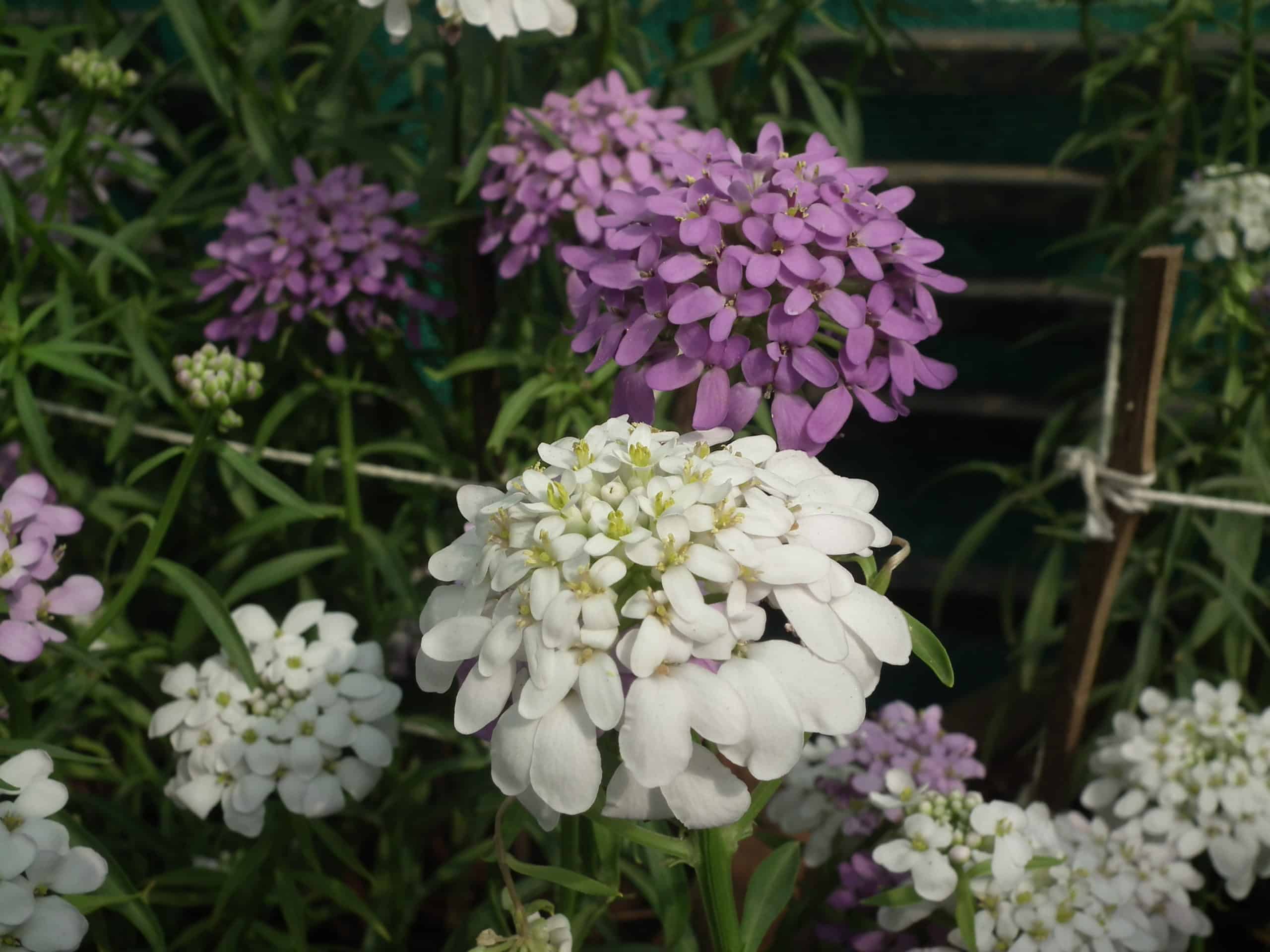
Canna Lily
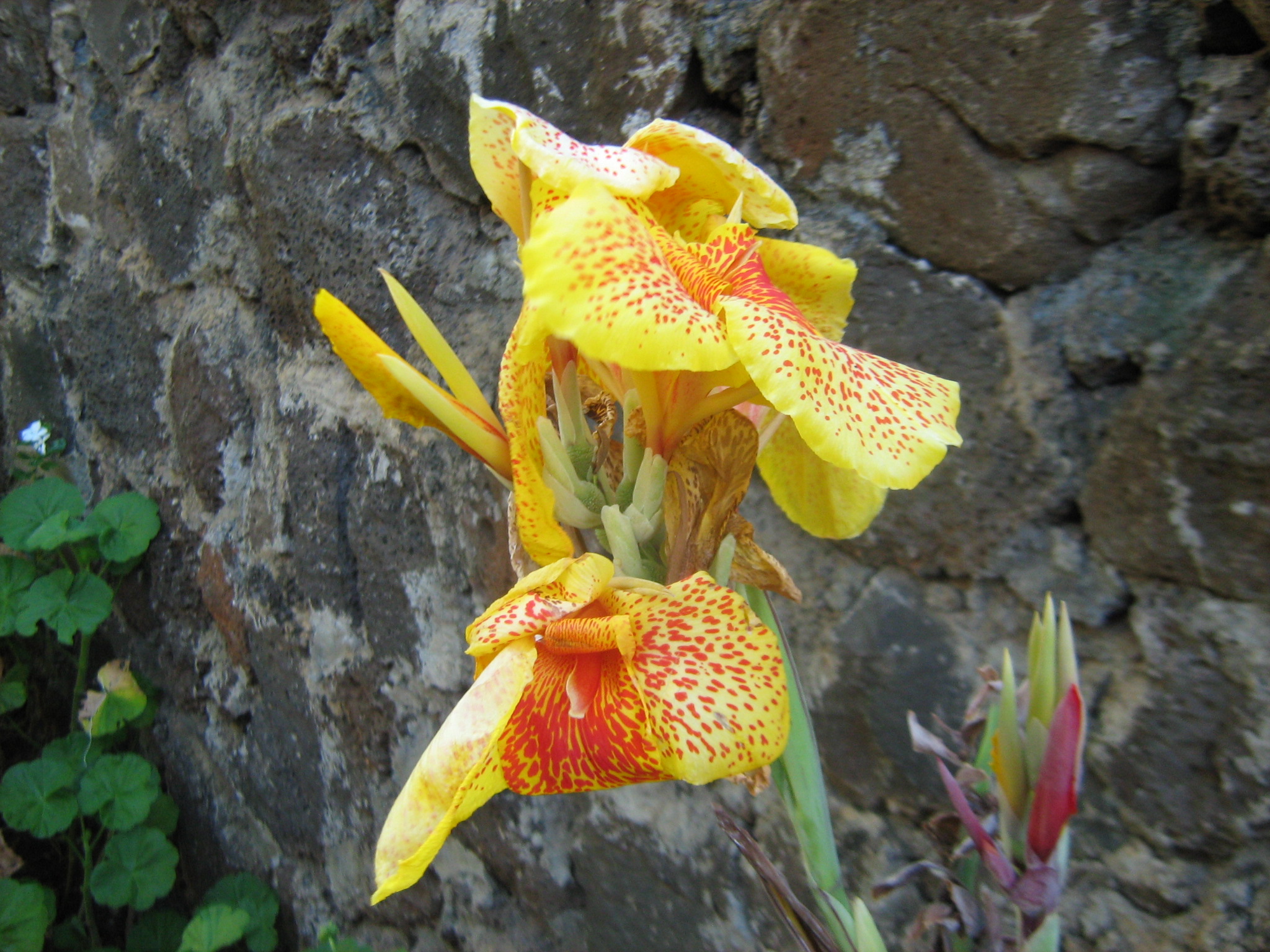
Cape Daisy
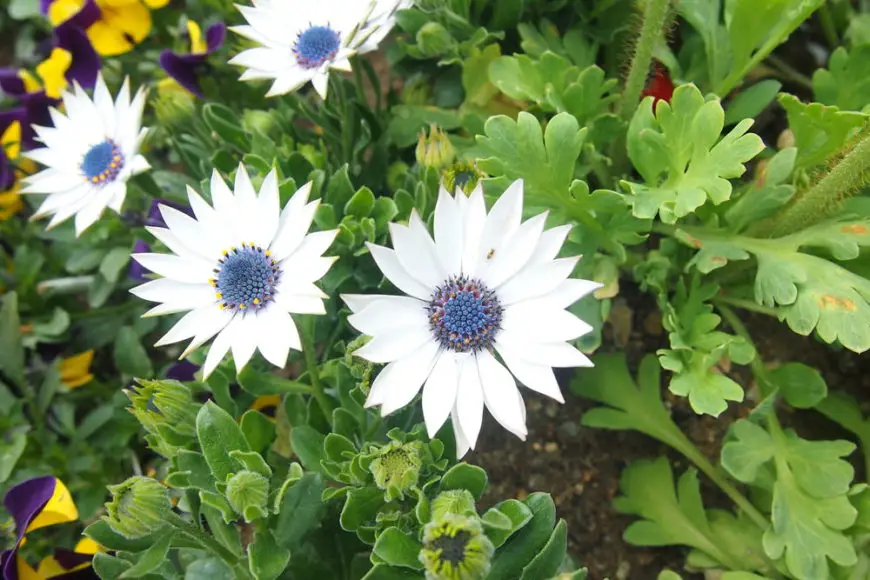
Cape Primrose
Cape primrose plant Cape primrose is a striking, attractive wildflower that flowers in autumn and winter. It forms a basal rosette of green leaves from which grow one or two 1-m tall flower stems.
The large, showy flowers open a pale purple color and gradually change to pink with age.
After flowering, usually in December or January, the long flower stem bends over until it touches the ground and forms a new rosette from which leaves appear in springtime.
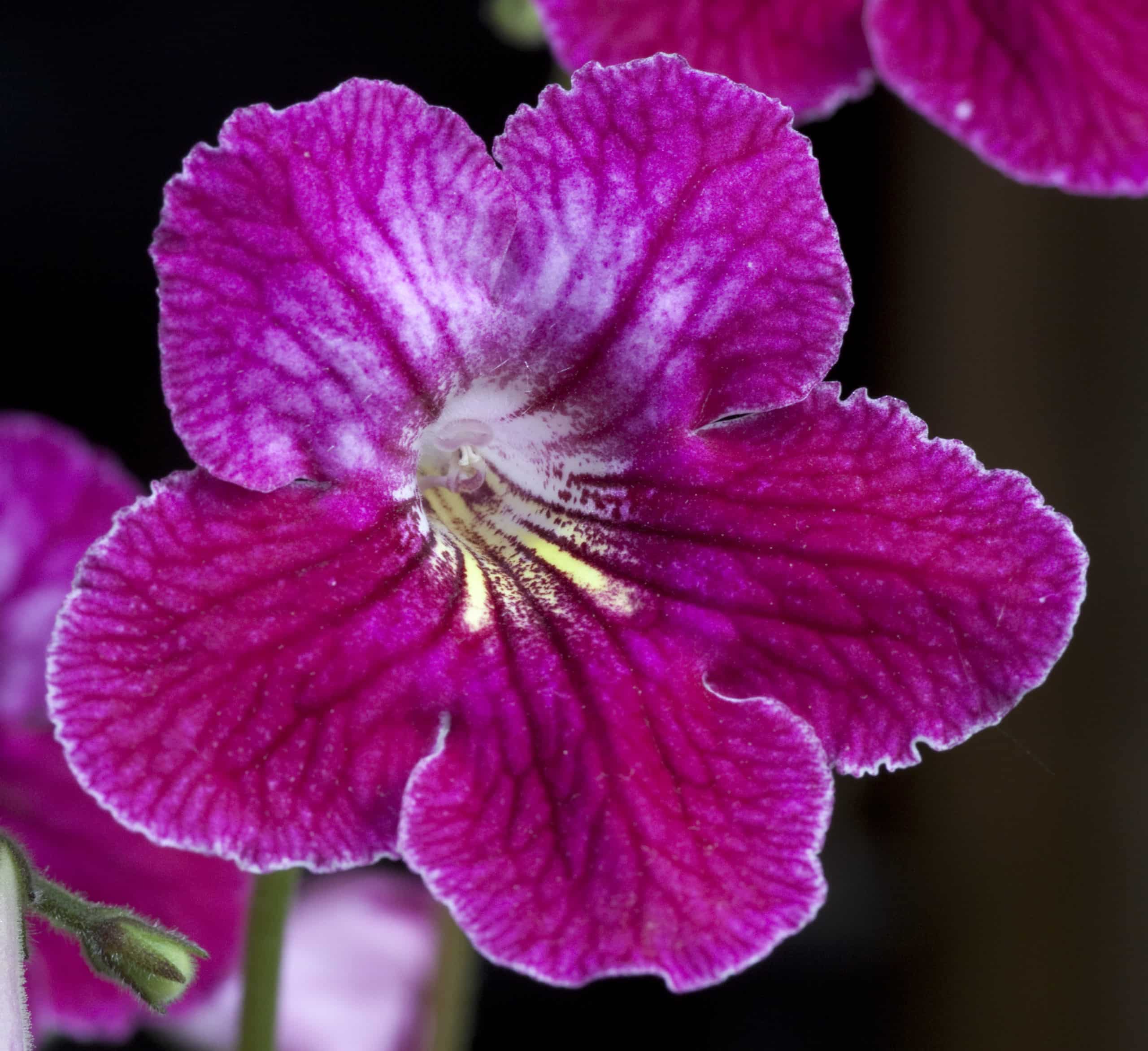
Cardinal Flower
The Cardinal Flower is native to North America and has natural distribution throughout parts of New England, Ontario, Michigan, Wisconsin, Iowa, Missouri, and Nebraska in the USA and also throughout Eastern Canada in Quebec and Ontario in Canada.
It is common in moist areas such as marshes or roadside ditches but it can be found in drier conditions if its preferred soil type is present (loam or clay).
The Cardinal flower prefers full sun to light shade but can survive with some shade during hotter parts of the day.
Cardinal flowers produce vibrant red flowers and are thus a favorite of hummingbirds.
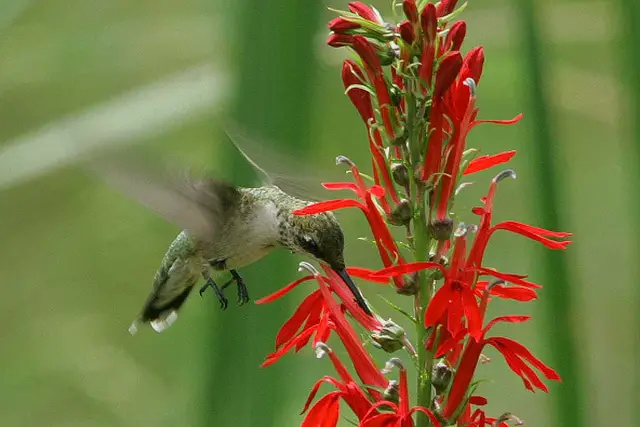
Carmine Cob
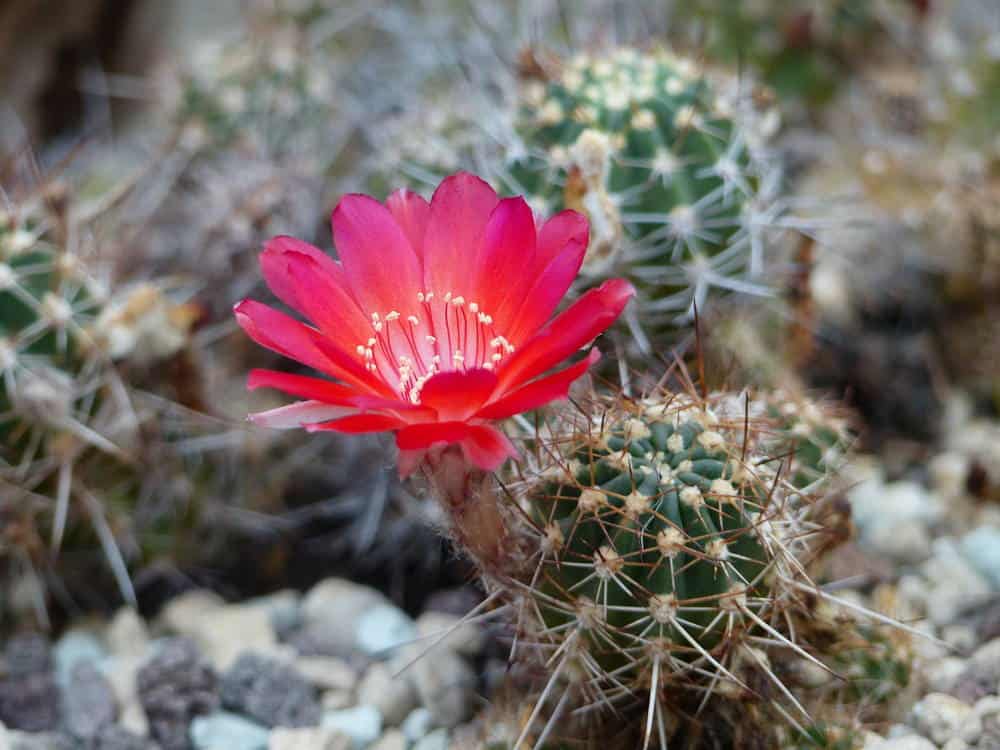
Carnation
Carnation flowers are flowering plants of the genus Dianthus, which consists of about 300 species.
Carnations can be either herbaceous perennials or annuals.
Carnation flowers are cultivated in gardens and valued for their large, colourful blooms. They require rich well-drained soil with plentiful fertilizer when they are grown as bedding plants or in containers.
Due to their appearance, these plants are often used as cut flowers in flower arrangements, either fresh or dried.
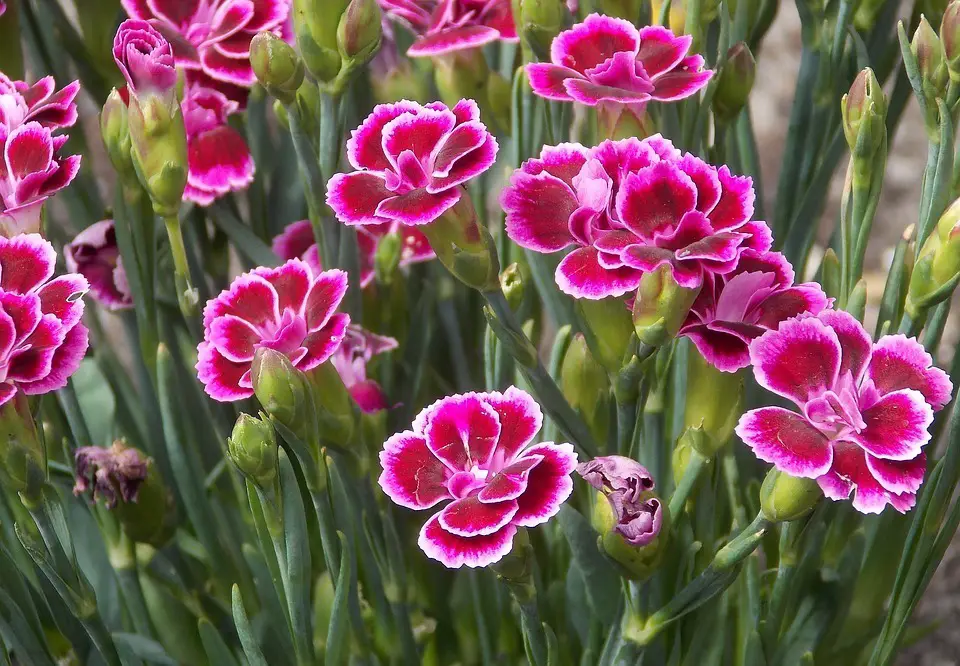
Carolina Allspice
Carolina Allspice, also known as bearberry, is a North Carolina native plant that grows in hardiness regions.
It thrives in moist conditions and produces fragrant white flowers during its spring blooming period. Carolina Allspice can reach eight feet tall and spread up to six feet.
The flowers can attract bees, butterflies, and birds.
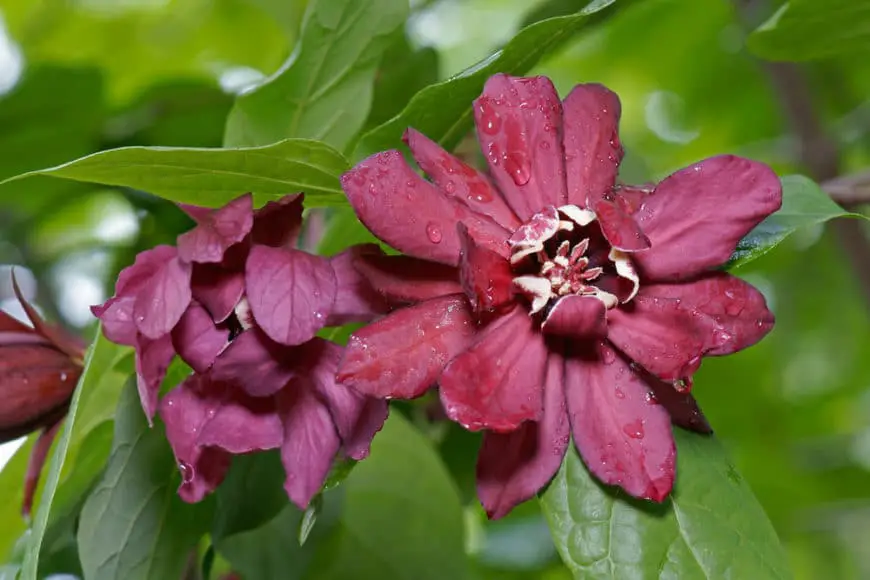
Catchfly
The Catchfly Flower (Silene genus) is a herbaceous annual or perennial that grows to about 30 cm in height and width. Catchflies are most noted for the sticky glandular hairs on the stem, leaves and flower bud.
Catchfly flowers can be white, yellow, pink, purple, or blue in color. They make great garden plants.
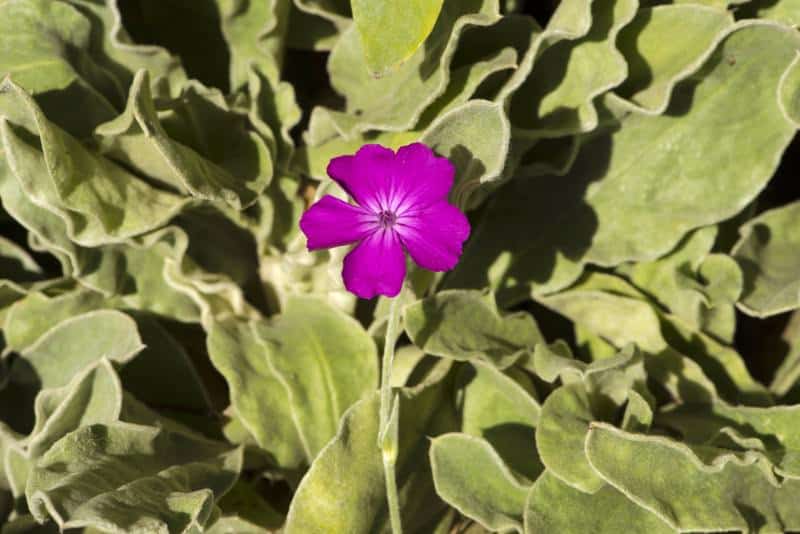
Catnip
Catnip, or Catmint is a plant with many alternate names. It is a plant in the mint family with a strong smell.
Catnip usually grows in small clumps with heart-shaped leaves, and small purple or white flowers most of the time.
Catnip can be purchased in any garden store, it is very easy to grow.
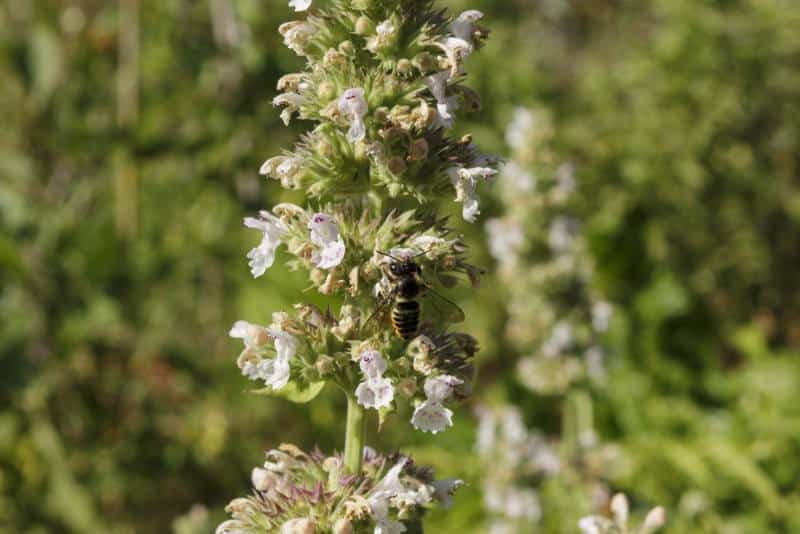
Caucasian Stonecrop
Caucasian Stonecrop is an excellent groundcover plant, particularly on hot, dry sites that has nutrient-deficient soil.
When the Caucasian Stonecrop (Sedum album ) grows in a garden, it’s usually an indication that your soil is very well-drained and possibly alkaline.
It tolerates full sun and partial shade conditions.
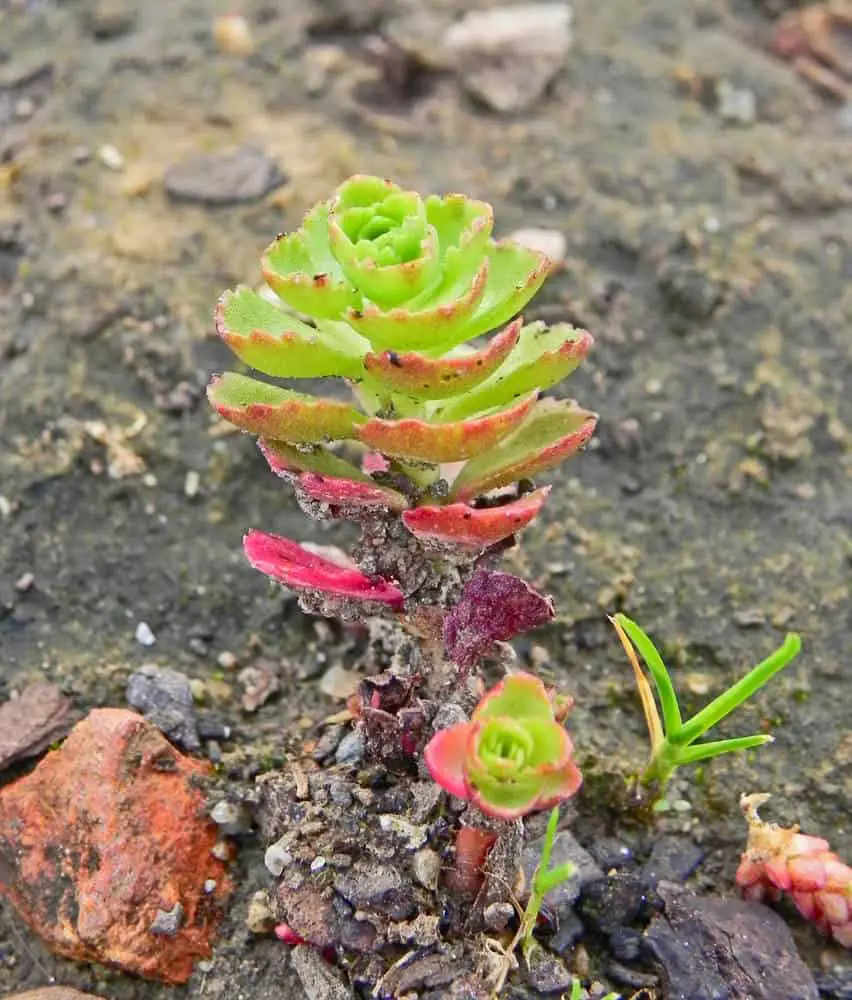
Celosia
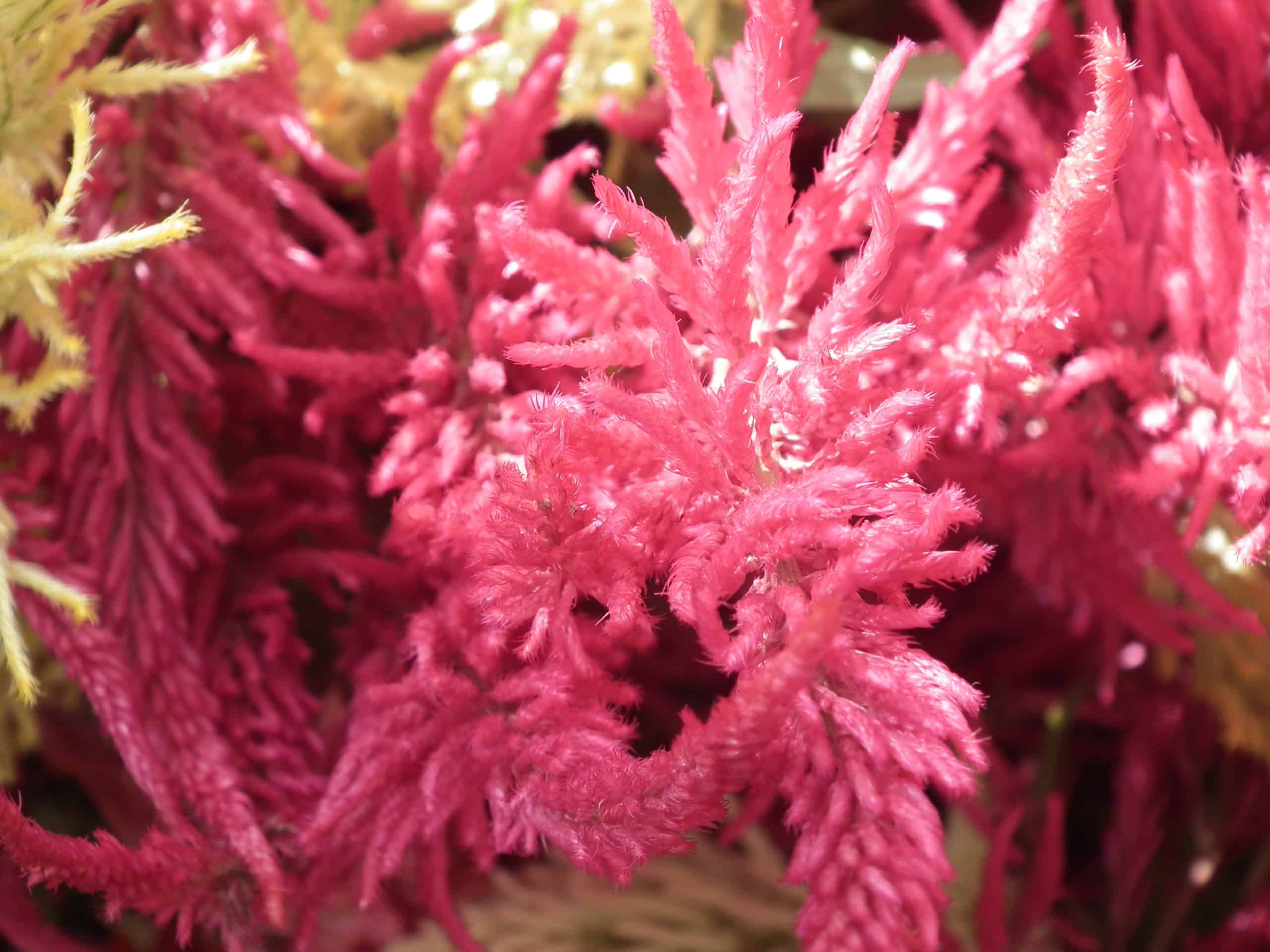
Chrysanthemum
Chrysanthemums (or simply mums) have been cultivated for over a thousand years throughout Asia and Europe, often cherished more for their symbolic values than their flowers.
Chrysanthemum plants produce colorful flowers, making them popular for use in cut flowers and flower arrangements.
They are the official flower of several countries such as Japan, South Korea and Taipei.
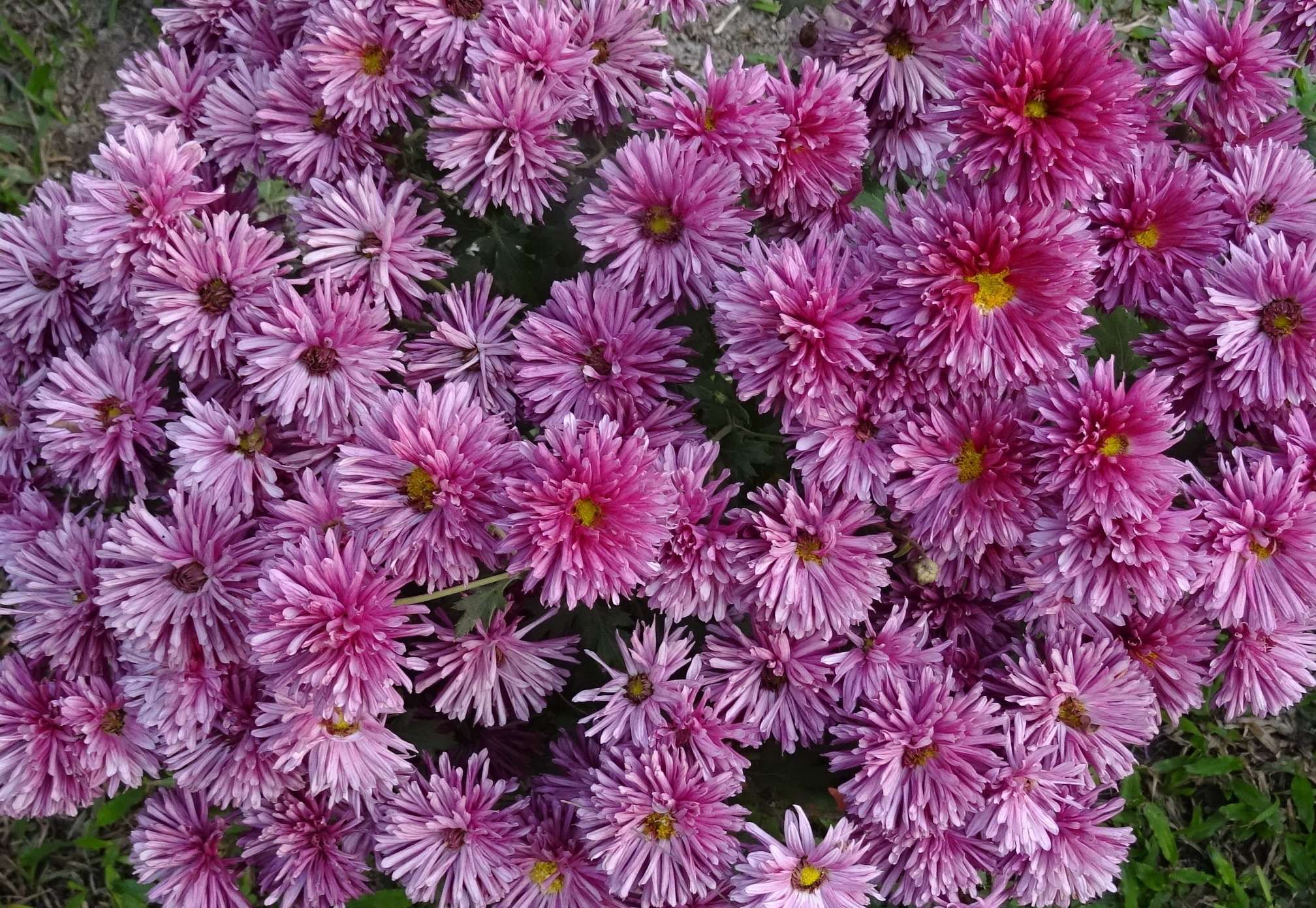
Clarkia
Clarkia amoena, also known as the farewell to spring Clarkia or pink fairies, is a species of flowering plant in the evening primrose family Oenotheraceae.
It has white, pink, or lavender flowers and is found in meadows, grassland, chaparral, and oak woodland habitats. Clarkia amoena can be grown as a garden plant and attracts butterflies to the garden.
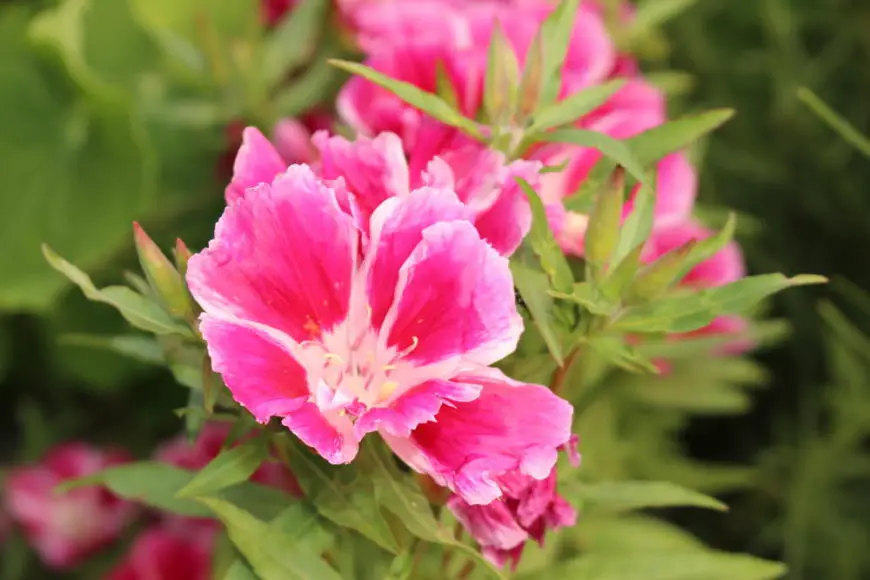
Clematis
Clematis flowers have 4-8 petals that are fused into a tube at the base, but separated for most of their length, forming an open corolla with four to eight lobes.
The flower comes in many varieties and colors including pink, lavender, blue, purple, red, and white.
Clematis are usually hardy vines that need lots of sunlight and moist soil to grow well. Clematis flowers can be seen blooming in early spring through late fall.

Clover
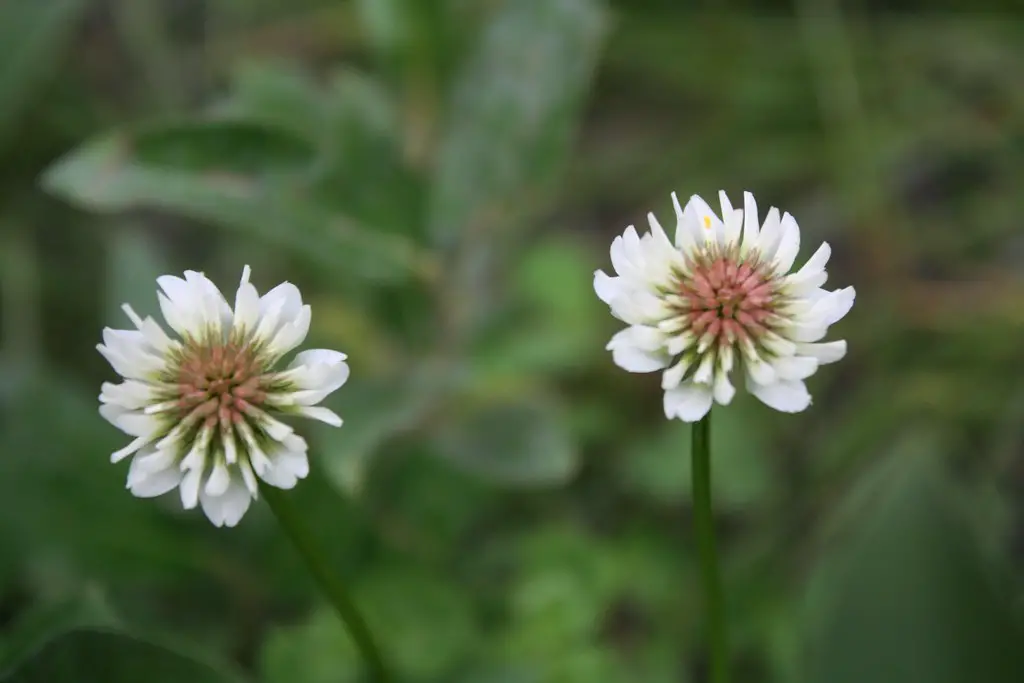
Cockscomb
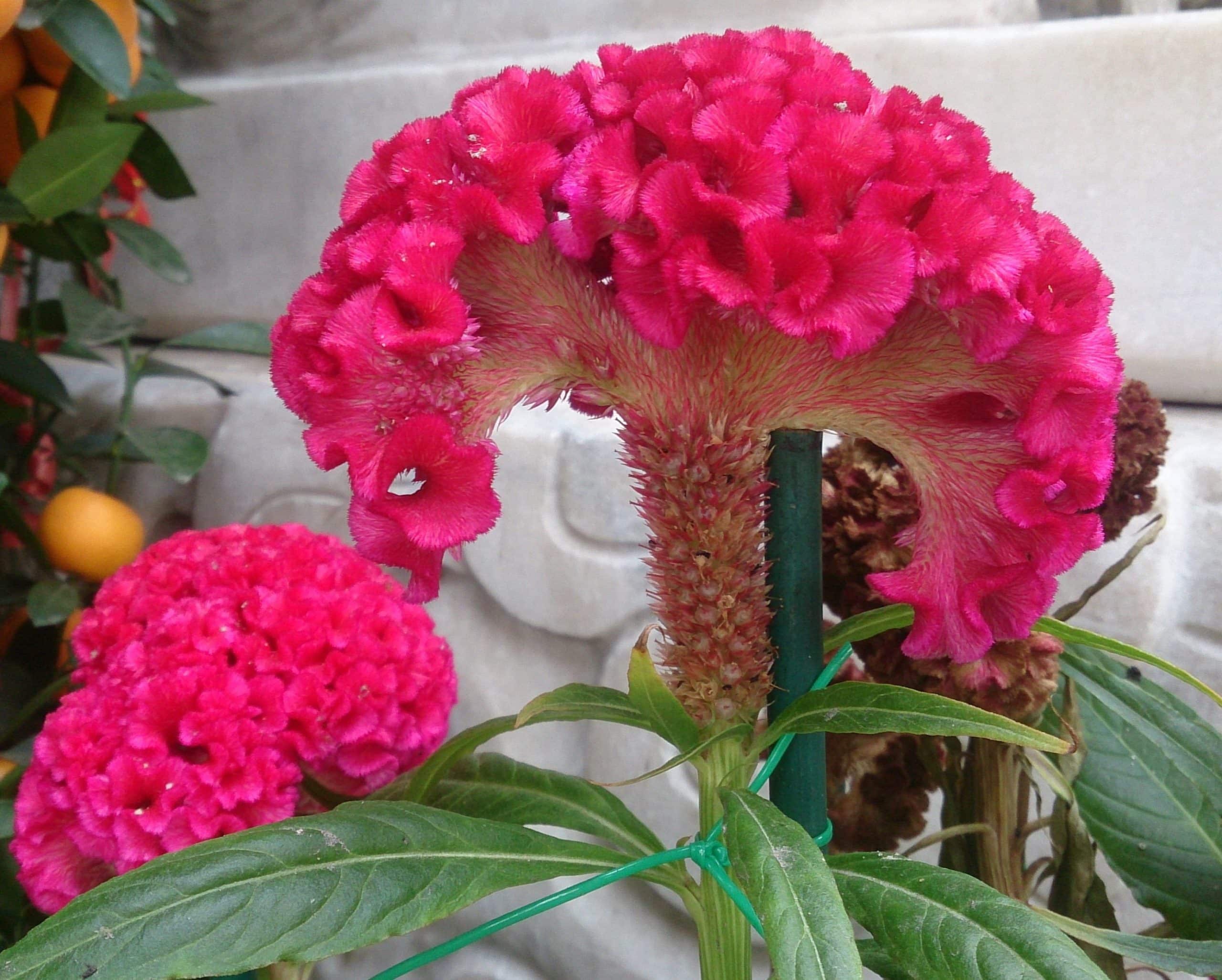
Columbine
Columbines are perennial plants known for their purple flowers and spurred petals. Many columbines have gray-blue or blue-green foliage
They grow abundantly in meadows, woodlands, and at higher altitudes throughout the Northern Hemisphere.
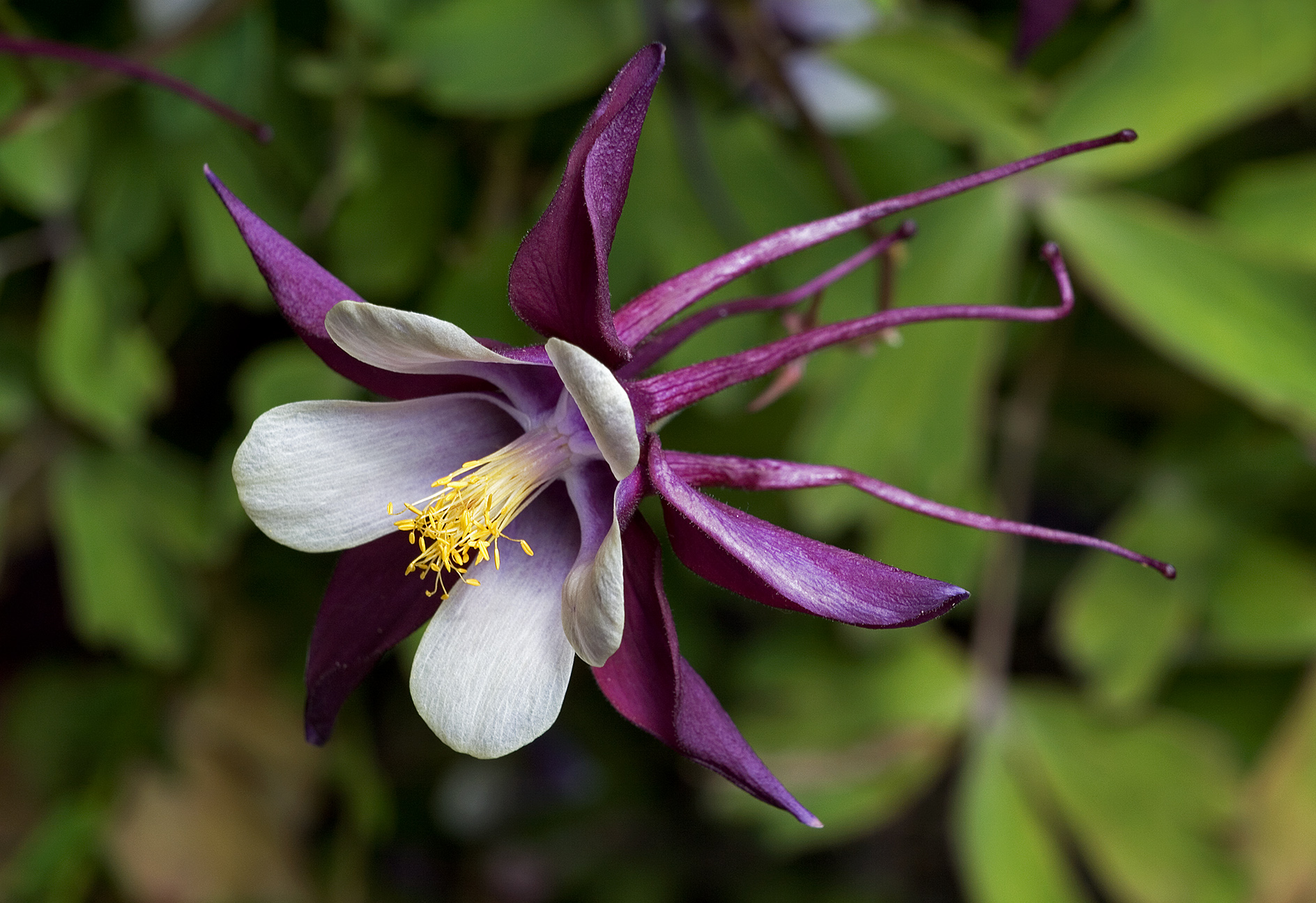
Coneflower
Coneflower (Rudbeckia hirta) is native to eastern North America, where it grows in sunny, open sites with well-drained soil.
Coneflower can be planted in almost any garden but performs best when given full sun and moist, fertile ground.
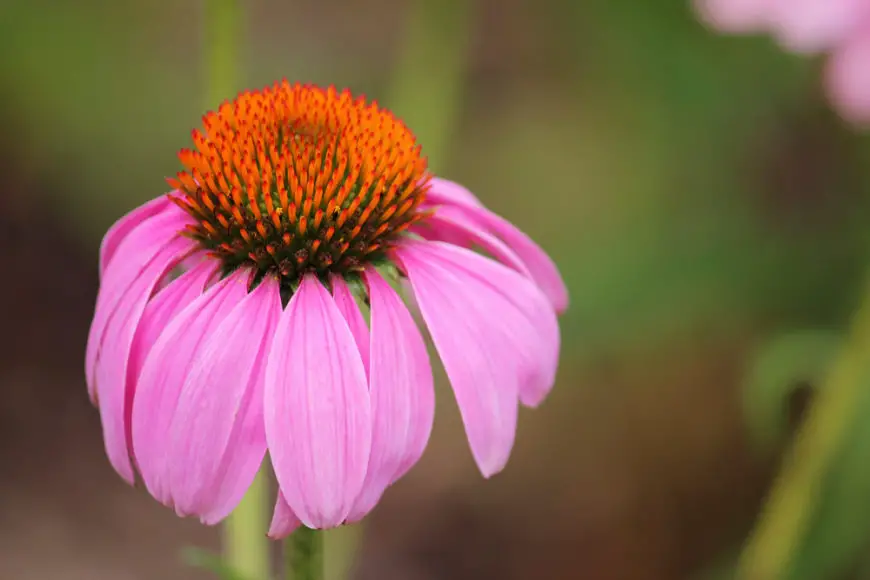
Coral Bells
Commonly known as Coral Honeysuckles, Corallinas, or Coral Drops, Coral bells are often seen as a sign of spring.
They are also often given as wedding flowers due to their festive color and bright blooms. Coral bells will continue through the months of March and April.
Gardening experts recommend Coral Bells for home gardens due to their ability to survive in almost any kind of soil and climate, making them ideal for beginners.
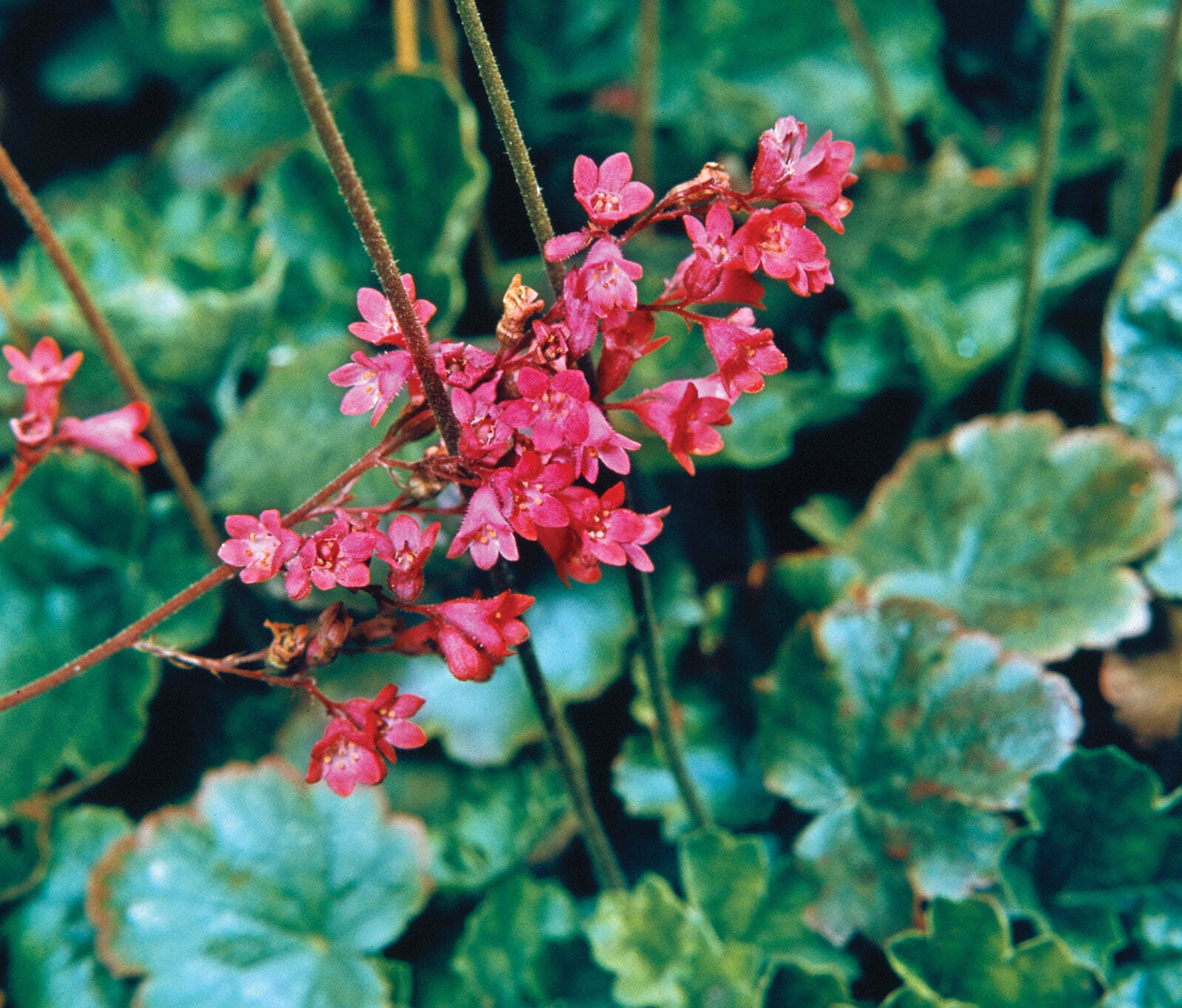
Coreopsis
Coreopsis is a delicate flower that is well known for its bright yellow flowers that bloom all summer long. They grow well in sunny areas, so are often planted in gardens.
Sometimes you can find this flower in orange or red. Either way, Coreopsis flowers are attractive to butterflies and bees.
Coreopsis typically reach 16-47 inches tall and 15 18 inches in width.
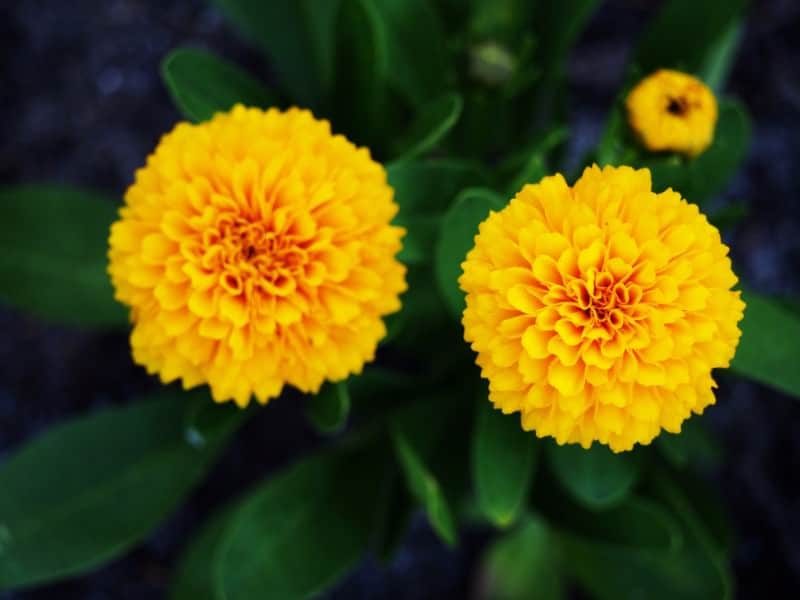
Cosmos
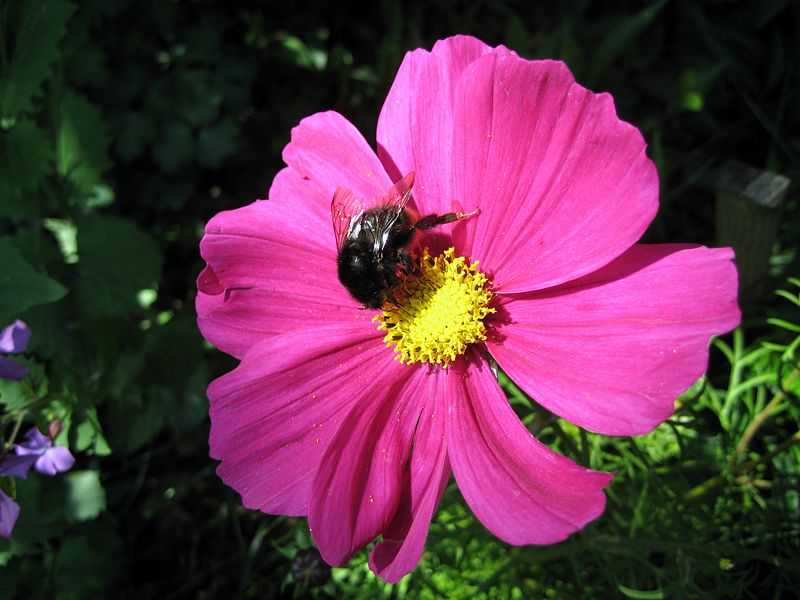
Cotoneaster
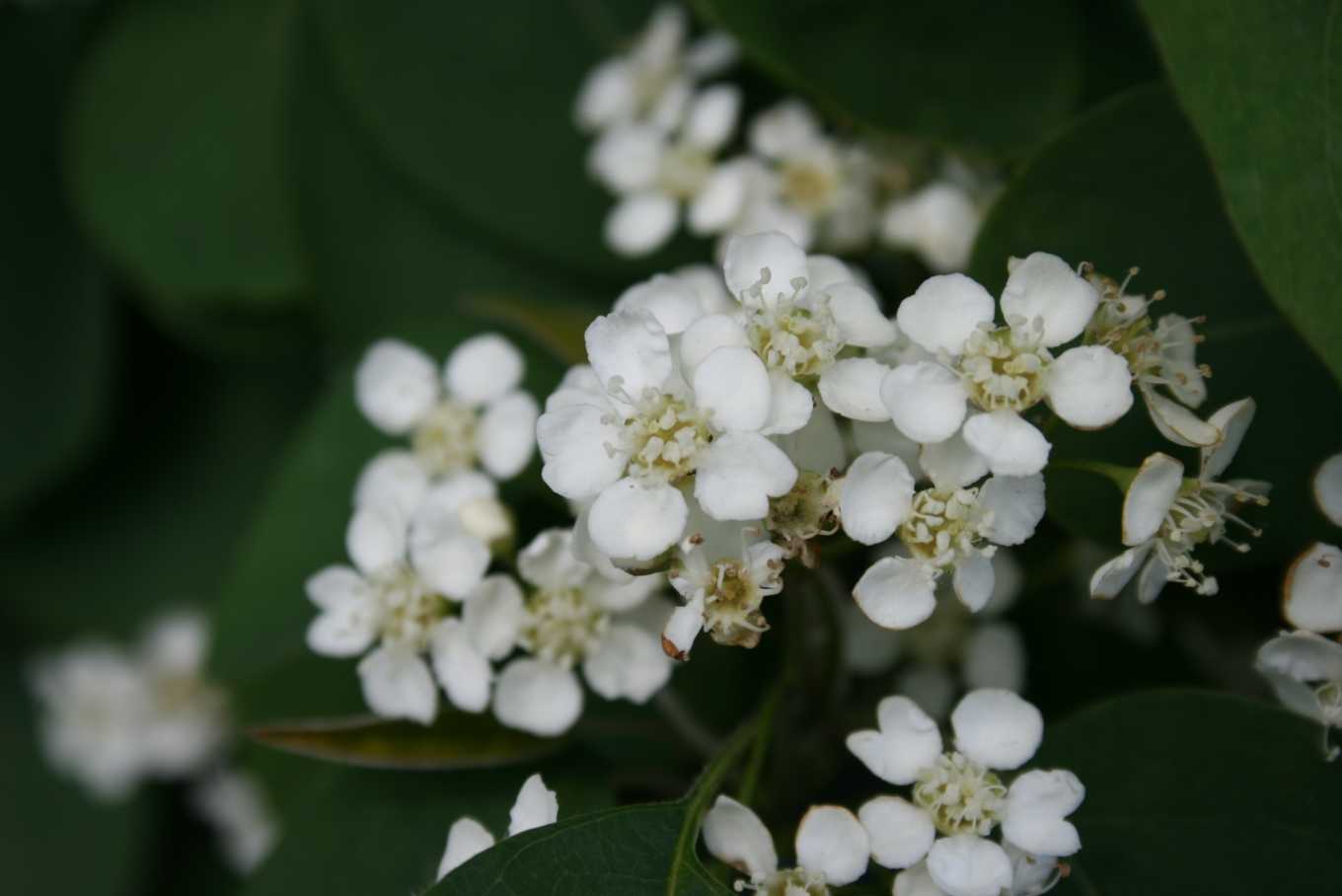
Cranesbill Geranium
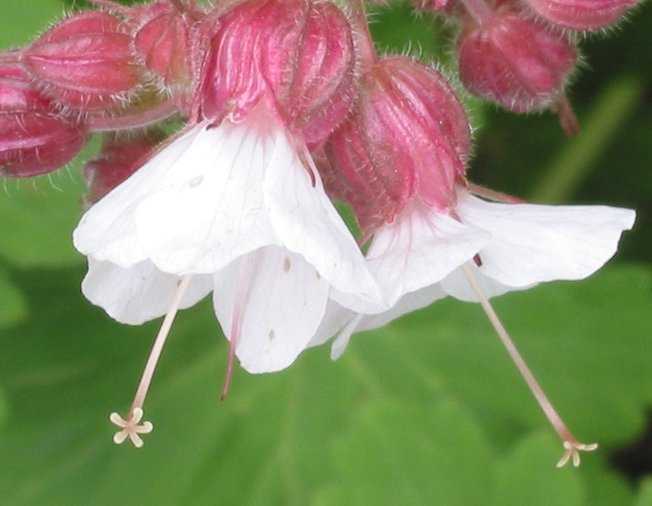
Creeping Phlox
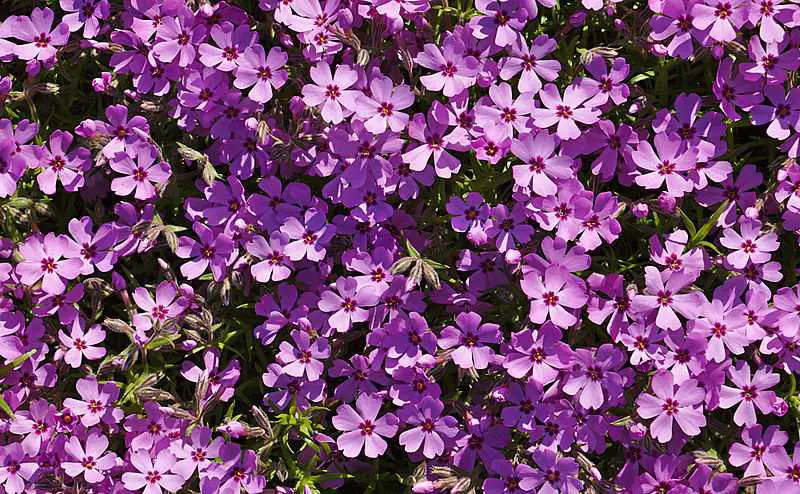
Crocosmia
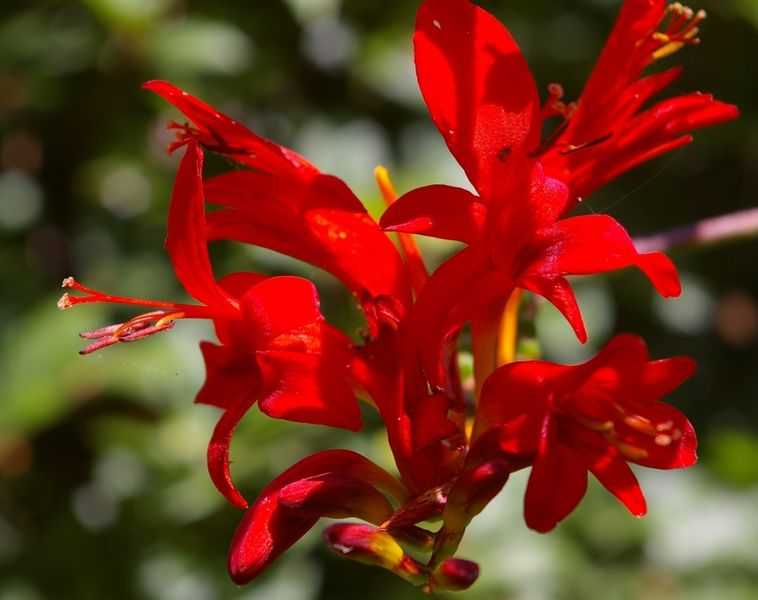
Crocus
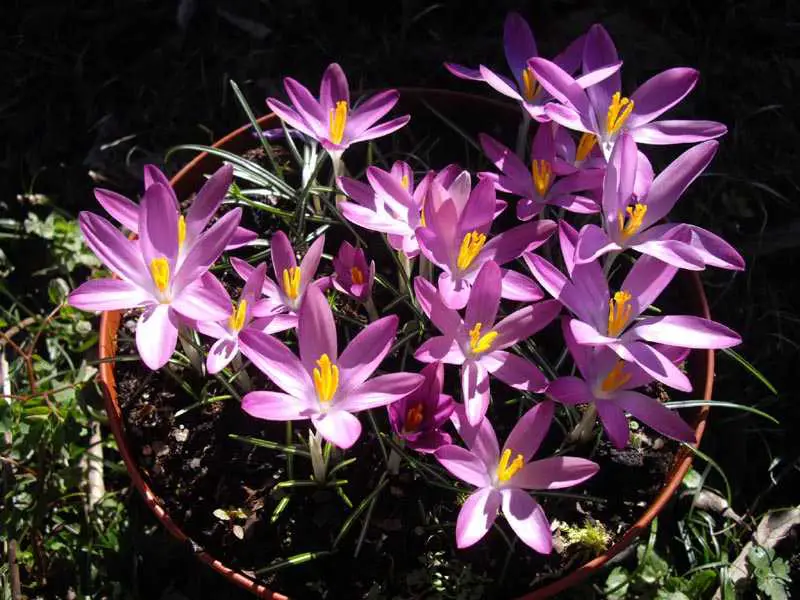
Crown Imperial
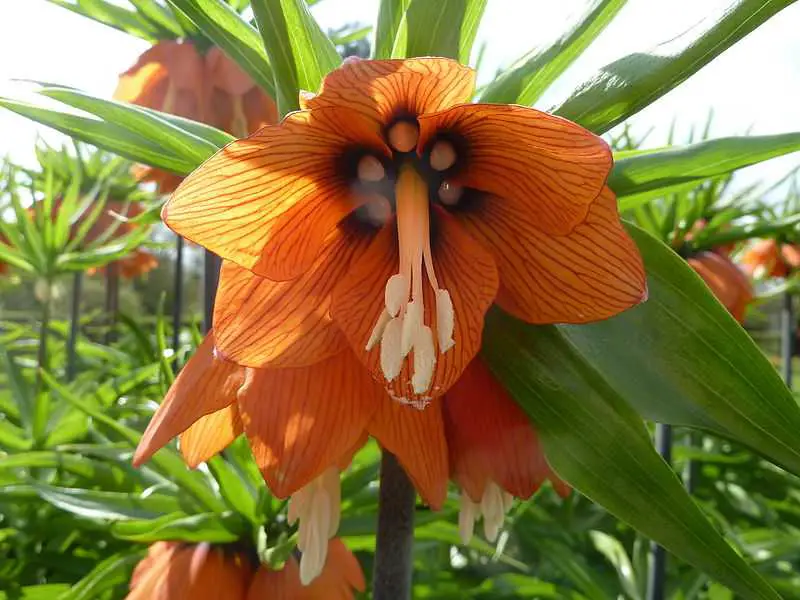
Cuckoo Flower
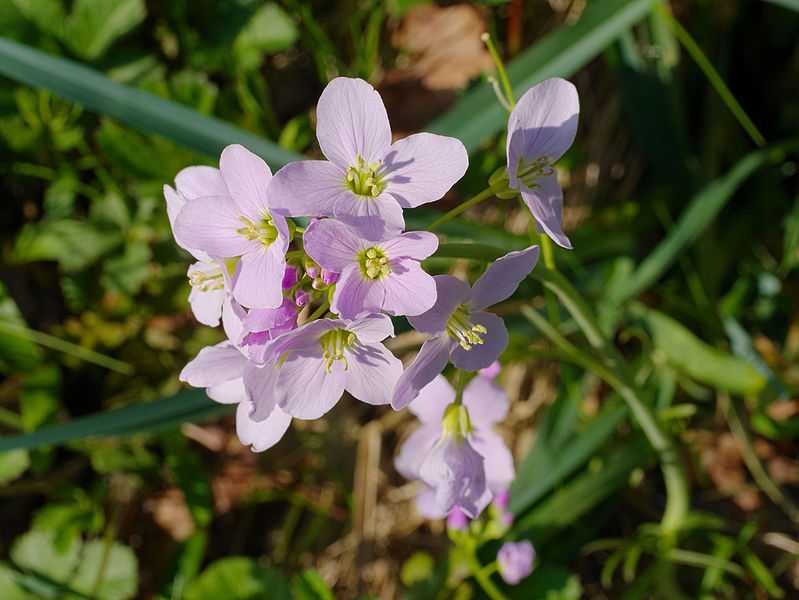
Cyclamen
Like most plants native to the eastern Mediterranean climate, cyclamen bloom in the fall, winter, and spring when the weather is cool and damp.
